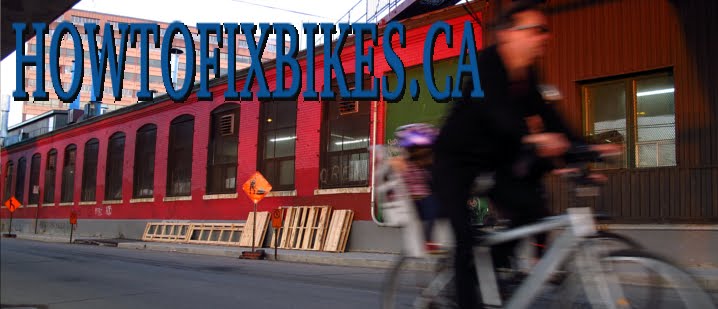A well prepared surface is the key to any, and I do mean any, paint job. The first thing we need to do is to clean the frame in order to have a clean surface before doing anything else. I removed the left over glue from the old stickers with lighter fluid. You can use other products as well like WD40 or other goop removers. I hope that if you do use lighter fluid, you have at least half a brain to do this outside or else...BOOM!
 |
| Removing left over glue. |
Next we need to clean the surface. After making sure that all the glue was gone, I went over the frame once with mild dish soap and rinsed it. I then went over the entire frame again with paper towels in order to dry it.
 |
| Washing the frame down. |
Now that the frame is clean and degreased, it's time to sand. Some of you might think that in order to do a proper job it means to sand this sucker down to the bare metal. If you plan to have the frame powder coated or painted by a professional, it's not a bad idea. If, like me, you're planning a straight spray can job, I don't recommend it. No amount of spray cans can equal the toughness of the original finish when it comes to protecting the frame from corrosion and dings.
 |
| Exposed metals dings smoothed out with rough sand paper. |
So what I am doing is going over the exposed metal areas with a rough sand paper in order to smooth it out with the surrounding finish. While doing this, I try to keep as much of the original finish as I can. After taking care of all those rough spots, I went over the rest of the frame with a fine sandpaper in order to give grip to the first coat of primer. Again, I do this while trying to keep as much of the original paint job as I can. A good way to know if you've done enough is to remove the shine out of the finish. Don't freak out if you see metal coming through fast, some bikes have very poor and thin paint originally.
 |
| Entire frame done with a fine grit sand paper. Original shine of the finish is gone. |
After this was all done, I wiped the frame down with a tacky cloth to remove all the dust. I also sprayed all the exposed bare metal spots with primer in order to prevent rust until I have time to work on it again. Exposed metal can rust pretty fast especially when exposed to any kind of moisture. I use Krylon's Rust Tough since it reacts with rust and this will inhibit any that I have missed in the sanding process. Those spots of paint will also tell you if your surface is clean for more spraying later on. If there was any problem with the surface, you would see bad reactions like fish eye or orange peel on your new coat of primer. If this happens, strip it, clean it and start over.
 |
| Ready for primer. |
That's it for now, next step: Primer and paint.
Don't forget to check out the how-to articles.
Until next time, ride safe and free.
Gerry :)























